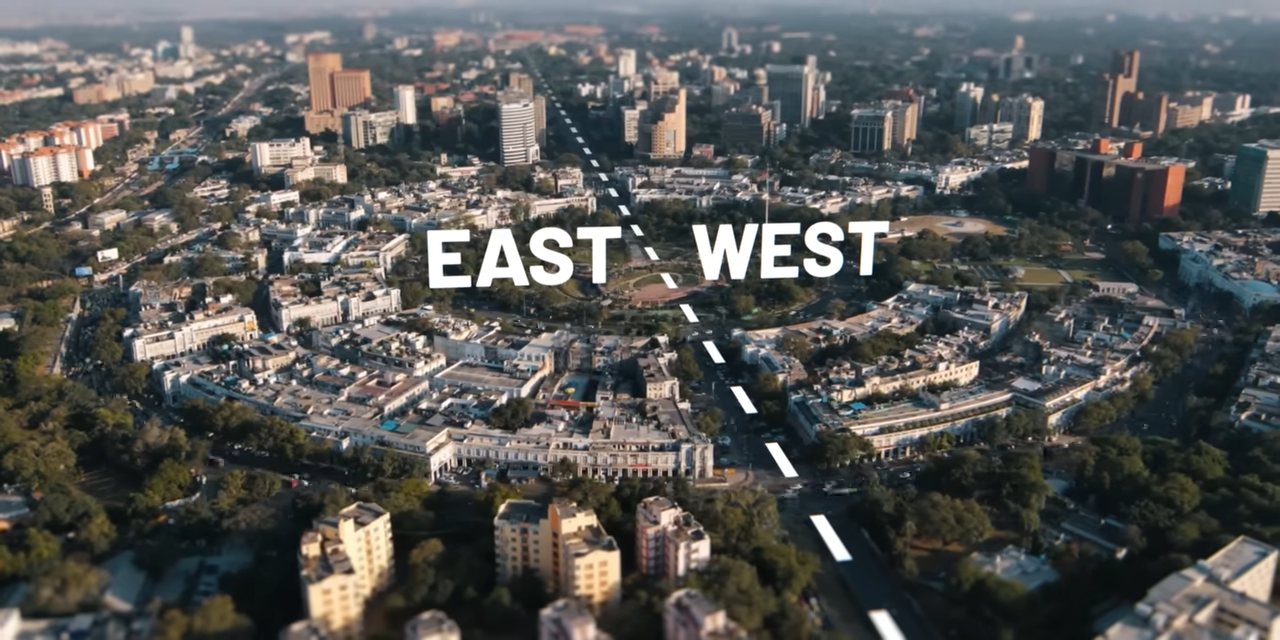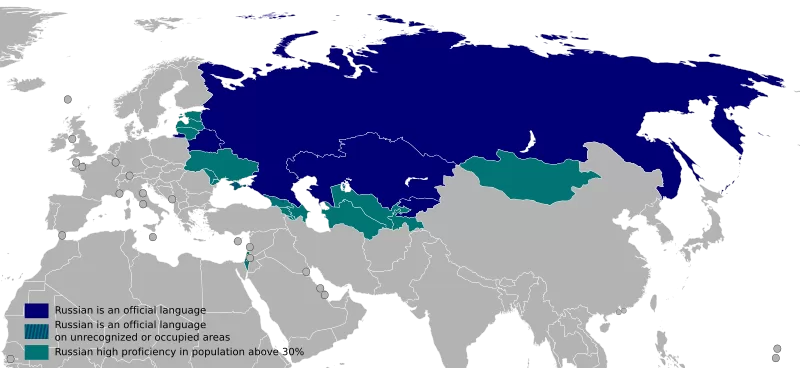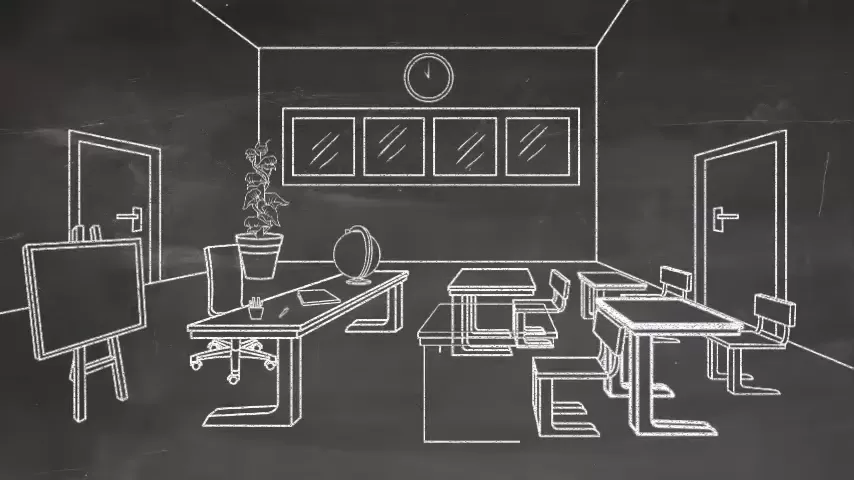For almost three decades, the Berlin Wall stood as the most visible symbol of the Cold War, splitting the German capital into two separate worlds. The wall, however, was not just a political boundary—it was an evolving engineering marvel designed to prevent escape and reinforce ideological separation. Understanding the structural complexity and impact of the Berlin Wall provides valuable insights into how it functioned as a tool of control and division.
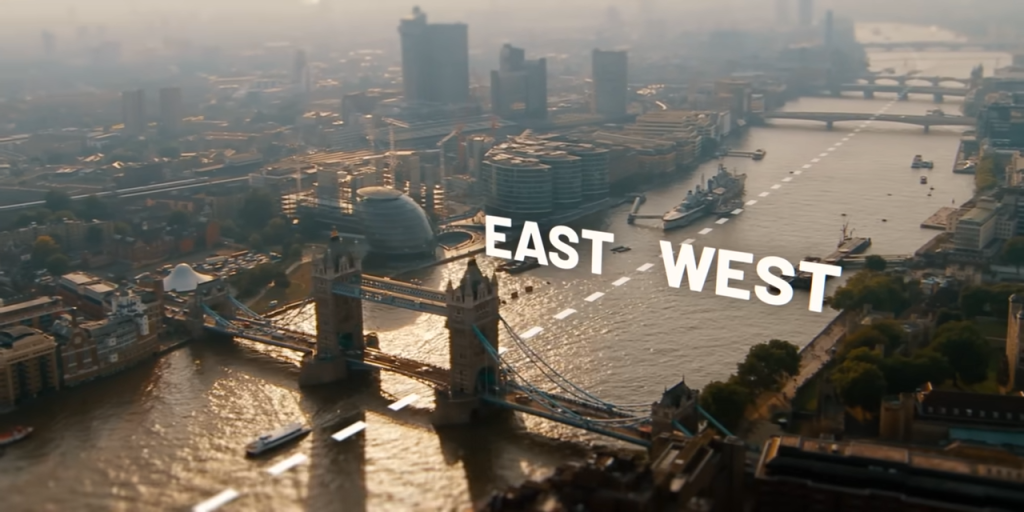
A City Divided
Following the end of World War II, Germany was divided among the Allied powers. Berlin, despite being located in the Soviet-controlled East Germany, was similarly divided into four zones: American, British, French, and Soviet. Over time, tensions between the Soviet-controlled East and the Western Allies escalated, leading to the formation of two distinct German states: capitalist West Germany and socialist East Germany.
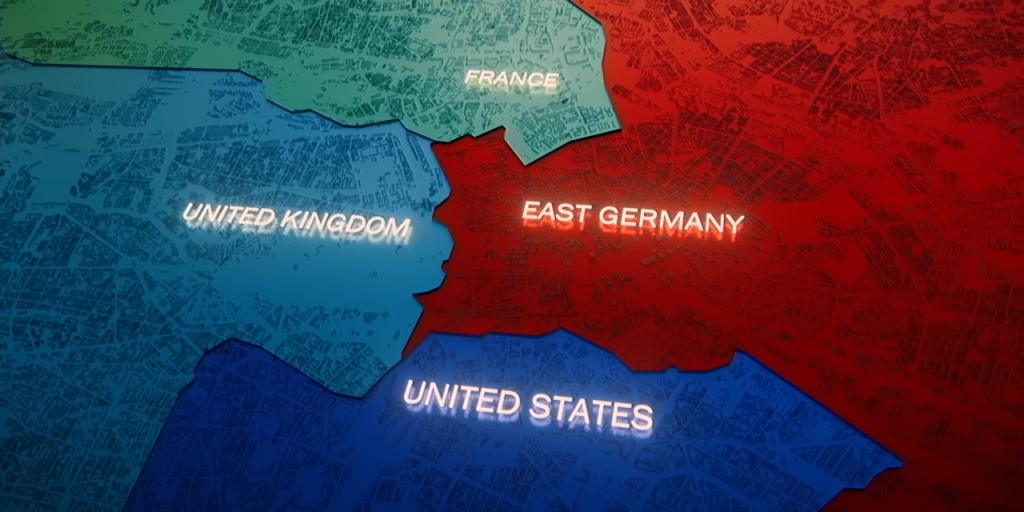
Initially, movement between East and West Berlin remained largely unrestricted. Many East Germans took advantage of this to flee westward in search of better economic opportunities and personal freedoms. By the early 1960s, an estimated 3.5 million people had escaped through Berlin, threatening the stability of East Germany. To halt this exodus, the East German government, with Soviet backing, abruptly sealed the border on August 13, 1961.
The Evolution of the Wall
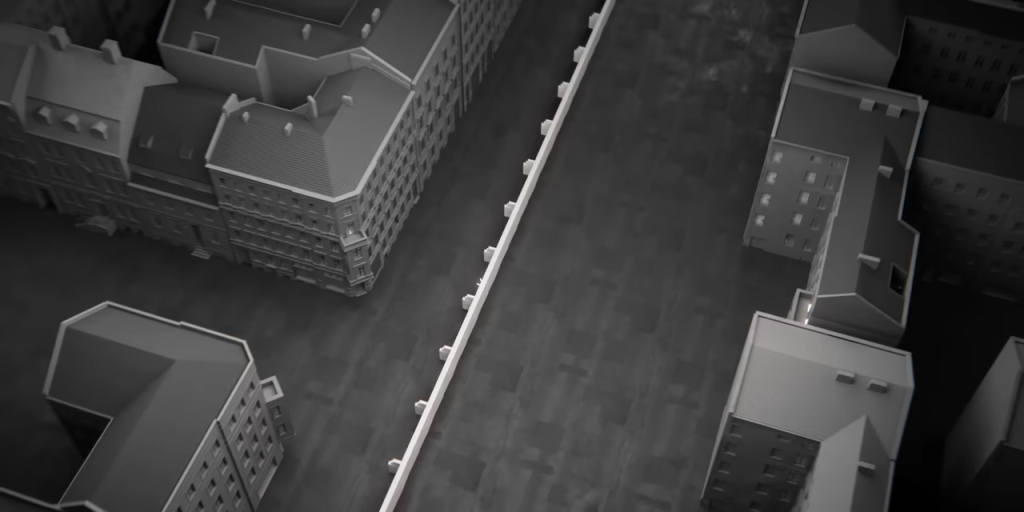
The first iteration of the Berlin Wall was rudimentary, consisting of barbed wire and makeshift barricades. However, as escape attempts continued, authorities constructed increasingly sophisticated barriers. Over the years, the Berlin Wall evolved through four distinct phases:
- Barbed Wire and Fences (1961-1962) – The initial barrier was a hasty deployment of barbed wire and fences, manned by armed guards to prevent crossings.
- Concrete Block Wall (1962-1965) – A more permanent wall replaced the temporary fences, featuring reinforced concrete blocks topped with barbed wire.
- Upgraded Wall System (1965-1975) – The wall was expanded into a multi-layered defense system, including guard towers, trenches, and anti-vehicle barriers.
- Final Version (1975-1989) – The most infamous version of the wall, made of prefabricated concrete segments with a smooth surface, was nearly 12 feet high and topped with a round pipe to prevent climbing.
Engineering Features of the Berlin Wall
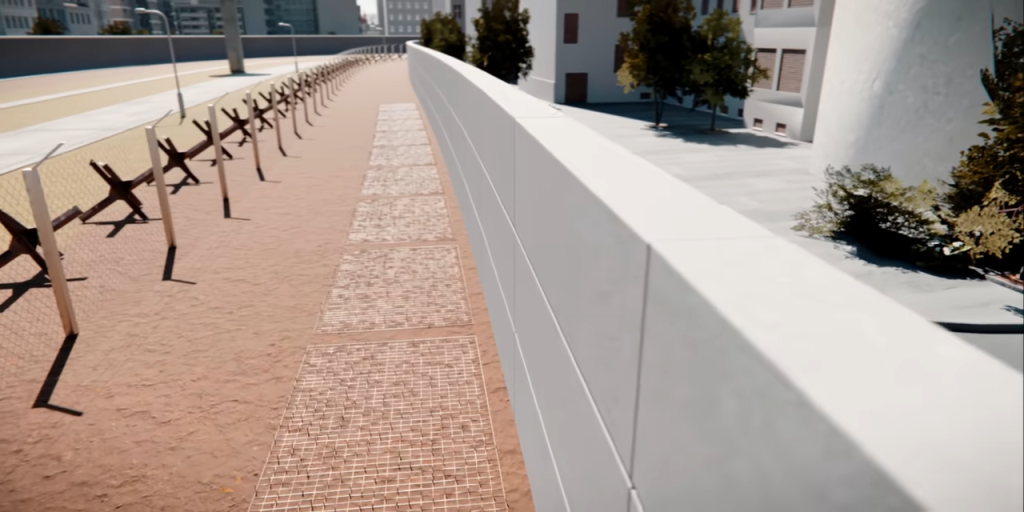
The Berlin Wall was far more than a single concrete structure. It was a sophisticated border system designed to make escape nearly impossible. Key elements included:
- Outer Wall: The most recognizable feature, facing West Berlin, designed to appear impenetrable.
- Death Strip: A cleared area with sand or gravel to reveal footprints, making it easier for guards to track escapees.
- Signal Fence: Electrified wires that triggered alarms when touched.
- Tank Traps: Steel barriers placed to prevent vehicles from crashing through the wall.
- Watchtowers: Positioned every few hundred meters, allowing guards to monitor the border 24/7.
- Inner Wall: A secondary barrier to prevent unauthorized East Berliners from approaching the primary wall.
The Human Cost
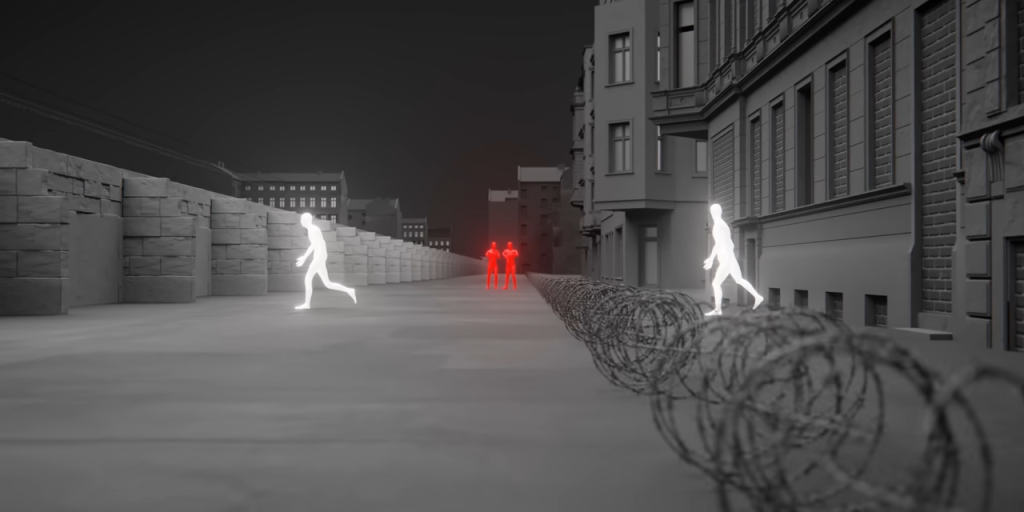
Despite its formidable design, some 5,000 people attempted to escape East Berlin, with at least 140 confirmed deaths. One of the most infamous cases was that of Peter Fechter, an 18-year-old who was shot and left to die near the wall in 1962. Such tragedies reinforced the oppressive nature of the barrier, making it a global symbol of repression.
The Fall of the Berlin Wall
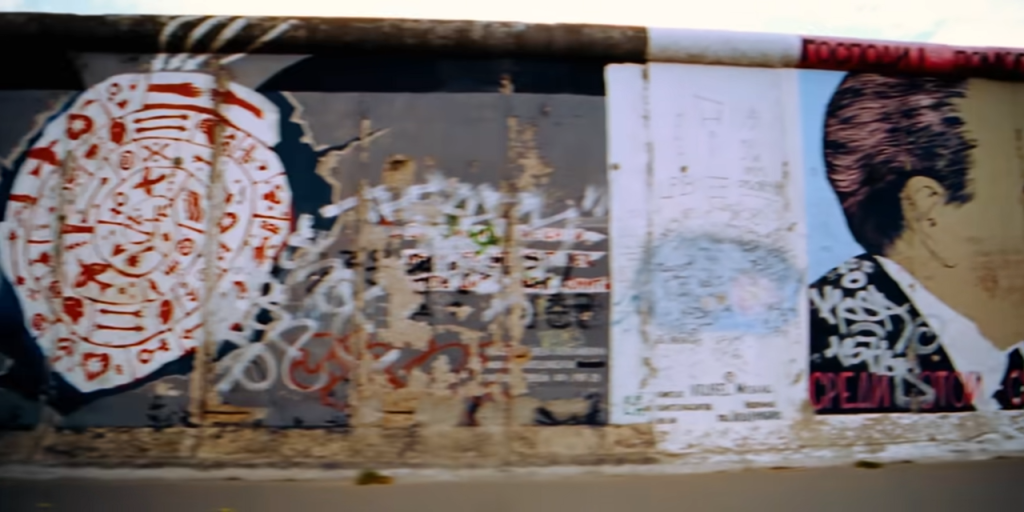
By the late 1980s, political and economic turmoil in East Germany, combined with growing pro-democracy protests, weakened the government’s grip. On November 9, 1989, after a miscommunicated policy announcement, thousands of East Berliners flocked to the checkpoints, overwhelming border guards and forcing them to open the gates. In the days that followed, Berliners from both sides of the city took hammers and chisels to the structure, symbolizing the collapse of Soviet control in Eastern Europe.
Conclusion
The Berlin Wall was more than just a physical barrier; it was a political statement, an engineering feat, and a tragic chapter in history. While its fall marked the reunification of Germany and the end of the Cold War, its legacy serves as a reminder of the lengths to which governments will go to enforce ideological divisions. Today, remnants of the wall stand as a testament to both human resilience and the enduring quest for freedom.
